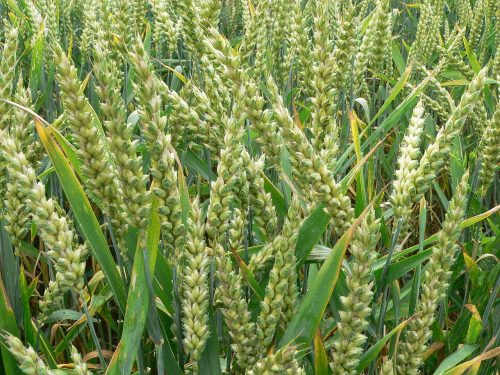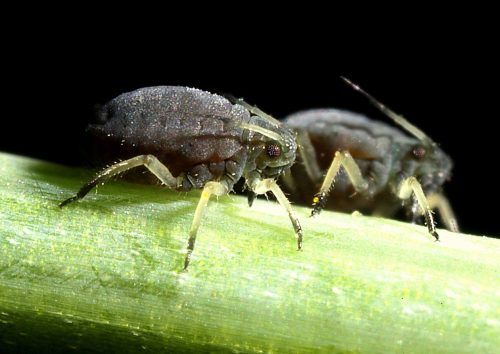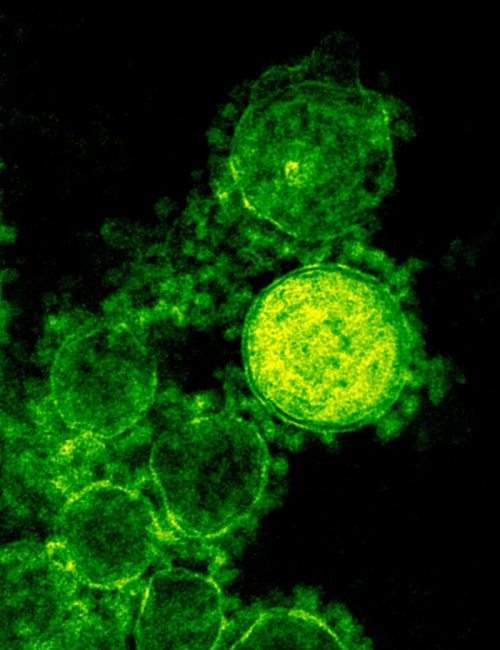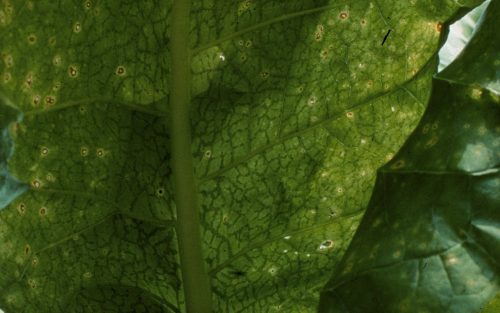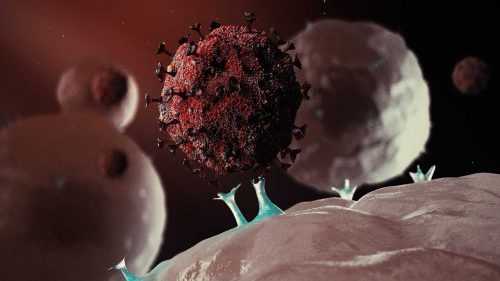
The field of study involving infectious diseases is complex. There’s no reason to downplay that fact. There are a huge amount of variables to consider when dealing with disease outbreaks and differences between viral, bacterial, parasitic, and other disease-causing vectors are immense. But at the same time, one of the goals of epidemiology and immunology […]

